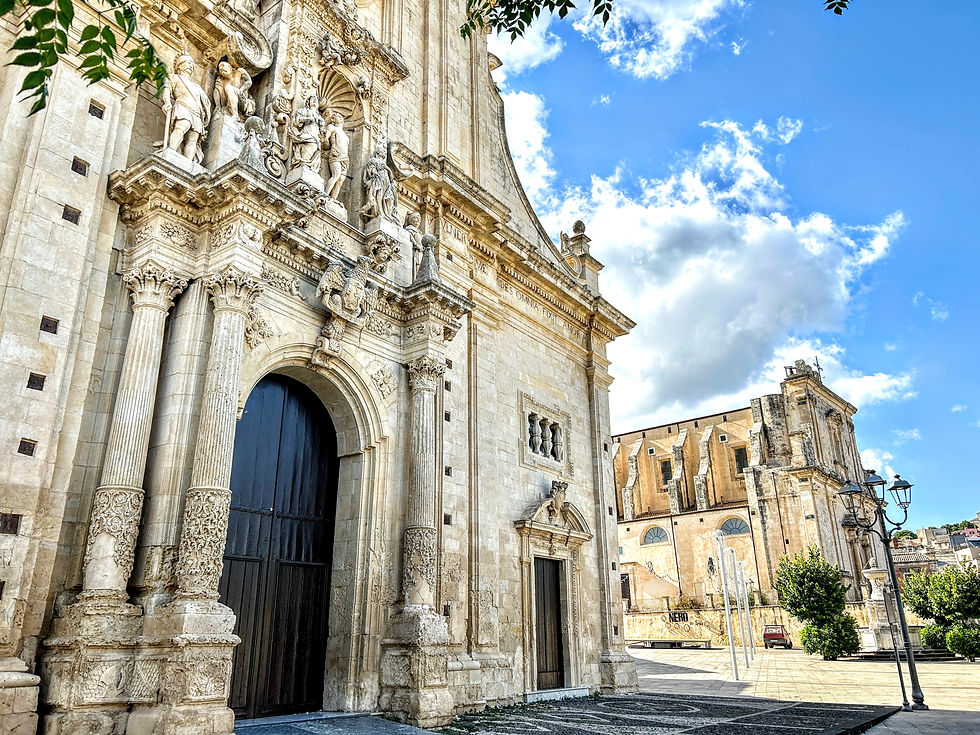Famous in particular for its historic center and the production of brown, a specific variety of chestnut which is recognized with the IGP mark... #tuttitaly
Roccadaspide, an Italian town of 7054 inhabitants, rises 340 m above sea level in the province of Salerno. The village is known for its historic center and the production of "Marrone di Roccadaspide," a specific variety of chestnut recognized with the IGP mark.
The Castle, probably founded in 1245, presents itself with the typical appearance of the 15th Century Military Buildings.
Before its construction, it was probably a fortified fortress at the time of the Lombard princes of the Duchy of Benevento. It was expanded with new defensive works under the Fasanella barony and approached its present appearance with the fifteenth-century defensive installations of the Sanseverino family branch, barons of Cilento.
In the mid-sixteenth century, the barony of Cilento was divided into fiefs, which were put up for sale.
The castle was then bought by the Filomarino princes, who kept it until the early decades of the nineteenth century.
The two had received from the Pope, in recognition of the courage shown during the battle of Otranto in 1480 against the Turks, two wooden figurines containing the relics of Saints Sinforosa and Getulio and their seven children, martyrs under the emperor Septimius Severus in 194 AD. The two saints became the patrons of Roccadaspide.
The cylindrical towers of the castle date back to the 16th century, while the southeast wing has eighteenth-century renovations.
You enter the internal courtyard through an external staircase of 700 and a vaulted passage. This has characteristics similar to those of the fifteenth-century palaces. From here, through a staircase with an entrance, you go up to the floor inhabited by the current owners.
At the beginning of the 1800s, the property was passed to the Giuliani family. Even today, the descendants keep the works of art in the halls and the rooms intended for the princely families and the court.


























Comments